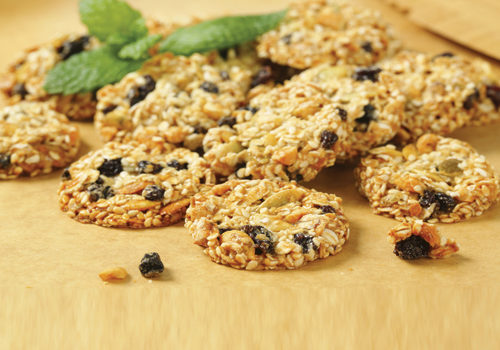If any consumer today feels that food is not a means of improving their lives, they are in a distinct minority. Data from the Natural Marketing Institute indicate nearly four out of five people believe “healthy foods and beverages can be used to increase the quality of their lives” (1). This explains the current zeal for what functional foods, from nutritious greens to probiotic-infused cookies, have to offer.
Here, grab a glimpse of who is buying functional foods, what they’re buying, and how they’re learning about their options.
Function Is Hot
Though functional, natural and healthy foods are undergoing unprecedented growth, this phenomenon is best viewed as a sort of renaissance. “Functional foods are increasing in popularity, but the knowledge of the importance of functional foods goes all the way back to Hippocrates,” says Ron Seibold, co-founder of Pines International, Lawrence, KS. Indeed, the father of medicine famously told us, “Let food be thy medicine and medicine be thy food.”
In a roundabout way, Seibold thinks we can  thank the medical and pharmaceutical industries, as well as chemical companies, for helping spur the resurgence of healthy foods. Every time consumers see statistics on cancer, Parkinson’s, heart disease and the like, they are given evidence that the modern medical paradigm is missing the mark. Likewise, he argues, each time we hear warning messages at the end of television commercials for pharmaceutical drugs, the more suspicious we grow of their usefulness.
thank the medical and pharmaceutical industries, as well as chemical companies, for helping spur the resurgence of healthy foods. Every time consumers see statistics on cancer, Parkinson’s, heart disease and the like, they are given evidence that the modern medical paradigm is missing the mark. Likewise, he argues, each time we hear warning messages at the end of television commercials for pharmaceutical drugs, the more suspicious we grow of their usefulness.
Cereal grasses like wheat and barley are Seibold’s expertise, and he offers a quick history lesson. These grasses, “grown naturally outdoors in often freezing temperatures as nature intended,” might be the first products ever marketed as functional foods.
Dr. Charles Schnabel’s wheat grass product cerophyl, which originated in the 1930s, was a functional food through and through. It was made up of a blend of cereal grasses, including wheat, barley, rye and oats, and it was used in many clinical studies into the treatment of diseases. Seibold says these results were published in medical journals at the time, but over the next several decades, the medical profession turned away from functional foods toward laboratory-produced chemicals for treating disease.
But, what’s old is new again. “Now, things are changing for young and old alike,” Seibold says, as juice bars have become trendy among young people, who he says recognize the importance of antioxidant-rich juices. The growth of juice bars and the continued explosion of natural food stores that promote functional foods are signs that people of all ages are gravitating toward functional foods again.
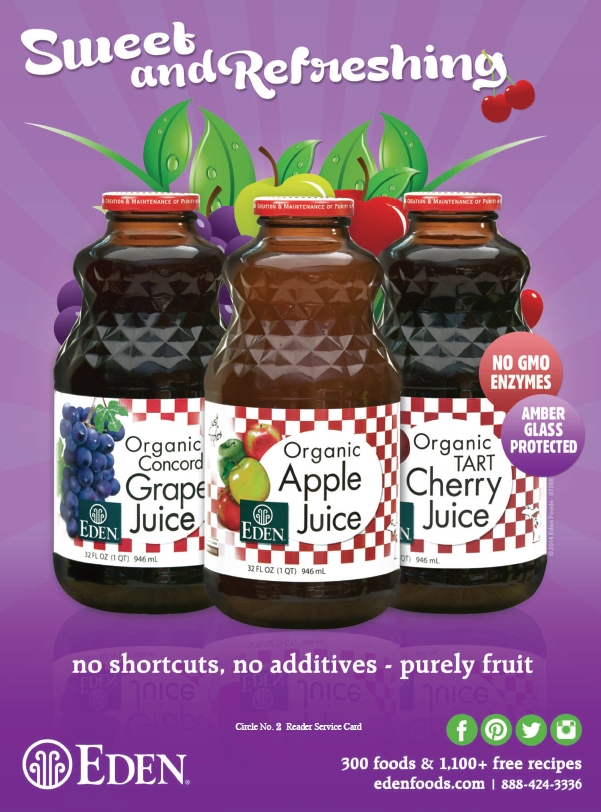 “There are several functional food categories that are experiencing double-digit growth,” says Stacey Gillespie, director of product marketing for MegaFood, Derry, NH. One category she cites is whole food and botanical powders, like beet or carrot powder, which are sold in both the food and dietary supplement spaces. “These products are designed to conveniently add a nutritional boost to smoothies, juices and even other foods,” Gillespie says.
“There are several functional food categories that are experiencing double-digit growth,” says Stacey Gillespie, director of product marketing for MegaFood, Derry, NH. One category she cites is whole food and botanical powders, like beet or carrot powder, which are sold in both the food and dietary supplement spaces. “These products are designed to conveniently add a nutritional boost to smoothies, juices and even other foods,” Gillespie says.
Another group of products gaining momentum in the marketplace is ancient superfoods, like chia, quinoa and teff (Eragrostis tef), according to Gillespie. Both superfoods and booster powders are poised for long-term growth, she feels, because they have the trifecta: they are highly nutritious, have many applications and happen to taste good. This potential is reflected in the number of new products crowding retail shelves.
But one category is leaning out ahead of others in the functional food market, Gillespie feels. Probiotics, already well known for their beneficial role in digestive and immune health, are the subject of emerging research into other health benefits, she explains. As these clinical findings are validated, and as the current National Institutes of Health Human Microbiome Project (set to run through 2015) nears completion, it’s likely we will discover more health benefits of friendly bacteria and gain more insight into how they work. “With this new knowledge, there will certainly be more products and novel delivery forms entering the market with intriguing benefits, from weight loss to disease prevention,” says Gillespie.
|
Probiotic Cookies a Hit at Retail
Skipping the middleman, one retailer is bringing a supplier’s probiotic ingredient right into her store and creating a functional food with it in-house. ProbiOatie Cookies are being churned out in Costa Mesa, CA by Bridget Reilly, owner of The Bite Market, and the product has both an interesting backstory and an exciting future. According to Reilly, the genesis of her probiotic-infused cookies starts with Sabinsa, an ingredient supplier based in East Windsor, NJ, inviting her out to an educational event it was holding in Los Angeles. Sabinsa’s marketing director Shaheen Majeed tasted some gluten- and dairy-free oatmeal chocolate chip cookies from Reilly’s bakery, and suggested that finding a way to add Sabinsa’s Lactospore probiotic strain into the cookies might be intriguing. Reilly was still in possession of some of this probiotic from a cooking demonstration she had done previously for Sabinsa, and she set to work on including it in the cookies while maintaining the viability of the ingredient. “I made the cookies with Lactospore and sent samples of the Lactospore ingredient and samples of the cookie to Sabinsa for testing,” Reilly says. The results were positive: viable, active probiotics were found to be survive in Reilly’s baked, tasty cookies. Luckily, she has found a little Lactospore goes a long way, and that the probiotic remains viable even if the cookies are frozen. They last three to six months in the freezer, and a week at room temperature. Reilly’s store The Bite Market recently moved from Orange to Costa Mesa, and is now combined with a bakery called The Royal Tea and Treatery. “Before this new move, I had a permit to bake out of my house and sell at my store, events and farmers’ markets. At the last Natural Products Expo West, Sabinsa hired me to bake 450 probiotic cookies for their booth. The cookies were a big hit and I am still getting positive feedback from the event,” she says. The new facility features a kitchen, allowing her to bake larger quantities. She has her eye on offering the cookies to other local business as well, such as coffeehouses and juice bars. She recently hired a part-time baker to help with production. Fans of the original cookie appreciate the addition, according to Reilly. “For most people, ingesting a cookie that contains active probiotics is preferred to taking a pill. Many people who would like to incorporate probiotics into the diet of their family find that this is an easier, tastier way,” she says. Especially for those with dairy intolerances that can’t get probiotics from yogurt, options like ProbiOatie are a welcome development. |
|
Michael Bush, senior vice president of Ganeden Biotech, Mayfield Heights, OH, concurs that probiotics are king. “The probiotic market is growing immensely, with no indication that it will be slowing down anytime soon,” he says. The most growth for probiotics is occurring within the functional food and beverage space, according to Bush. A factor in this growth, as Bush observes, is that consumers are less and less interested in taking another pill, or forming new dietary habits. Instead, they are looking for easy and convenient ways to support a healthy lifestyle, and probiotoc-fortified foods allow them to do so without changing their day-to-day routine, he says. Simply put, they suit perfectly today’s “on-the-go” consumer.
Bush also agrees that the current science of probiotics is exciting stuff. “Research showing the benefits from probiotics is astounding,” he says, explaining that depending on the probiotic strain, they’ve been shown to support not only basic digestion and immune health, but also inflammatory responses, skin health and even the metabolism (meaning they may help with obesity).
Innovation in the food and beverage applications of probiotics is also something to track, says Bush. Traditionally, he says, probiotics were limited to supplements and yogurt, but his company’s strain (GanedenBC30), for instance, allows for previously impossible applications. Bush says it is in over 100 food and beverage products and is in the process of being incorporated into others.
Alan Cheung, bacteria advocate and executive manager at Belle + Bella LLC, Lexington, MA, says the fast growth of probiotics is further evidenced by the parallel explosion in the popularity of yogurt. He believes the next wave of yogurt innovation will come in the form of non-dairy yogurts. “There are a growing number of children and adults allergic to dairy, whether they are lactose intolerant or allergic to the milk protein casein. Not to mention the ever-expanding vegan community and Paleo dieters; there is a huge demand for non-dairy yogurts,” Cheung says. All of these groups are seeking the benefits of yogurt without the dairy. He says this is why his company created a non-dairy yogurt starter kit, so homemade yogurt can be made with any type of non-dairy milk.
The presence of healthy fats, as a broad category, and omega-3s especially, continues to increase in food products, according to John W. Roulac, CEO and founder of Nutiva, Richmond, CA. This is due to the growing recognition that healthy fats are crucial to our well-being. “Coconut and red palm oils are great examples of this. People are realizing that fat isn’t bad and that fats that were once considered unhealthy actually have a positive role to play in their diets,” Roulac says. Coconut is showing up in everything from beverages to snacks, he says, as people are trying to find ways to incorporate it into their diets.
Beverages, in general, have been a leading area of innovation, says Richard G. Mueller, CEO of Biothera, Eagan, MN. Many new beverages in various formats are adding functional ingredients and touting their health benefits. Consumer acceptance of these products is high, he says, so this trend should continue. Mueller says his company’s immune-boosting ingredient (Wellmune WGP) has been formulated into everything from juices to toddler formula, dairy products, and immunity and energy shots. Ready-to-drink beverages and powdered drinks have both seen the functional food treatment. “The demand remains strong for products with natural ingredients that can deliver clinically proven wellness and immune health benefits,” says Mueller.
Mueller says manufacturers should also make sure they are providing enough of what they claim to. “We believe that the serving size of any functional ingredient should be based on the serving used in multiple clinical studies that demonstrated safety and efficacy,” he says. In other words, of greater concern than higher doses are products that contain functional ingredients in amounts too small to matter. Mueller says his company is committed to making sure products have efficacious serving sizes consistent with what was used in clinical studies.
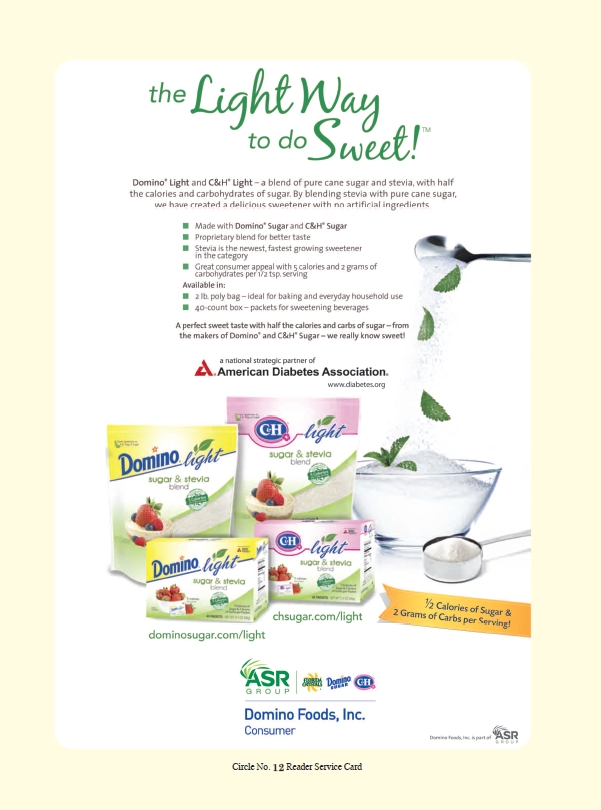 Seibold, for his part, doesn’t believe fortifying foods with ever-greater doses of nutrients is sustainable. Nutrient-dense whole foods are already linked to good health and the prevention of disease, and he believes government agencies like the U.S. Department of Agriculture (USDA) have done much of the work themselves toward demonstrating this. With efforts like the food pyramid and now MyPlate, USDA conveys the benefits of the nutrients and fiber in vegetables to consumers. “Companies need only point out that foods such as wheatgrass powder, aronia berry powder and beet juice powder provide the highest concentration of these nutrients,” Seibold says.
Seibold, for his part, doesn’t believe fortifying foods with ever-greater doses of nutrients is sustainable. Nutrient-dense whole foods are already linked to good health and the prevention of disease, and he believes government agencies like the U.S. Department of Agriculture (USDA) have done much of the work themselves toward demonstrating this. With efforts like the food pyramid and now MyPlate, USDA conveys the benefits of the nutrients and fiber in vegetables to consumers. “Companies need only point out that foods such as wheatgrass powder, aronia berry powder and beet juice powder provide the highest concentration of these nutrients,” Seibold says.
Functional Food Demographics
The consensus seems to be that while younger people may more readily embrace innovative new products, the target audience for functional foods includes everyone. Being healthy, and especially supporting one’s digestive and immune systems, is not just a concern of younger consumers, Bush says. In fact, he believes it is even more important for older individuals, and that consumers regardless of age are paying more attention to nutritional labels and seeing the value of functional foods.
Mueller notes the way younger consumers have embraced functional foods that contain natural ingredients supported by science. He says his company also believes in the opportunity for functional foods that support healthy aging. Many Baby Boomers are looking to diet to maintain their active lifestyles. “As they age, we believe more seniors will look to functional food and beverages to help stave off decline,” he says, adding that interest is strong among seniors in products that boost immunity.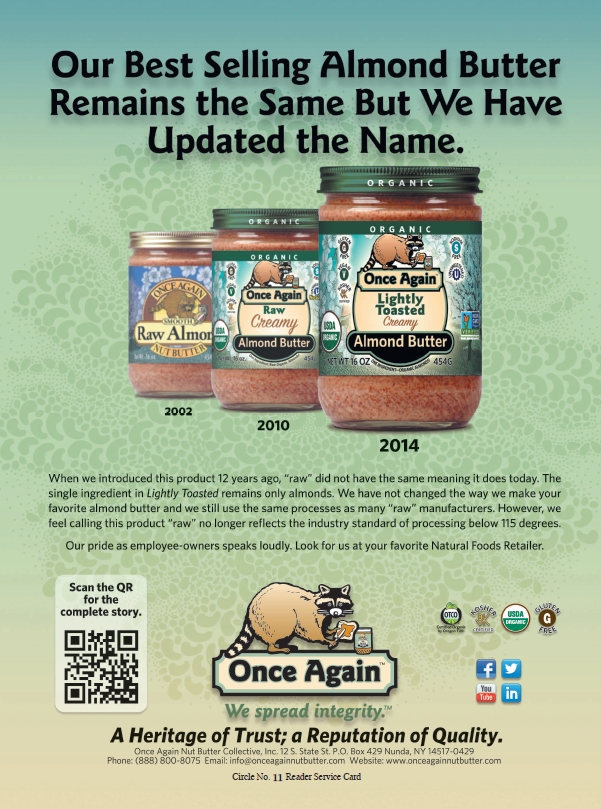
“Where the younger and older consumers differ is in the kind of functional foods they choose for themselves,” Gillespie says. Those between the ages of 18 and 35, for example, are more likely to purchase energy-charged beverages containing caffeine and amino acids, she says. Older adults, in contrast, may prefer a decaffeinated green tea beverage, enhanced with l-theanine or herbs such as bacopa or lavender, as these ingredients have cognitive, calming and antioxidant benefits.
“We don’t see a hesitancy among older consumers to purchase nutrient-dense foods. If anything, many of them seem even more focused on maintaining their health. In general, we see a broad trend across all ages towards clean, whole foods and away from pesticides, GMOs and heavily processed food items,” Roulac says.
Still, Cheung believes it will be easier to convince younger consumers to purchase products like non-dairy yogurt. “Younger consumers also have been educated via television ads, magazine articles or online forums about the benefits of probiotics, especially in yogurt,” he adds, whereas previously, most U.S. consumers had not even heard the word “probiotic.”
Whenever marketers are targeting a younger audience, Cheung says social media is crucial. Social media allows companies to connect to consumers without the consumer having to come to them, Bush explains, and this allows for massive outreach efforts that are great for education, brand promotion and gaining consumer i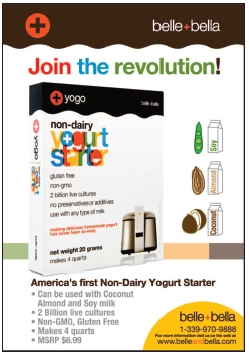 nsights. He says that when individuals see one of their social media connections interacting with a brand on social media, this is a free and highly valuable brand referral.
nsights. He says that when individuals see one of their social media connections interacting with a brand on social media, this is a free and highly valuable brand referral.
Adding functional ingredients to foods and beverages involves novel ideas and concepts, Bush says, making online outlets the ideal marketing channel. “Social media is not only great for brand promotion, but it also fosters interaction directly with the brand, which allows for questions and direct education—which will lead to building trust and relationships,” he says.
“Consumers who identify themselves as healthy choosers are interested in learning about new trends in functional foods and beverages that may benefit them and their families,” Mueller says, and social media provides an opportunity to reach and educate these people on topics like immune health. Mueller says his company also makes an effort to connect with consumers more broadly about healthy lifestyles.
Health product consumers, especially early adopters, do a lot of online research, and often rely on their peers for product recommendations, Gillespie says. In addition to offering an easy way to research products, social media allows advice-giving to take place in real time, she explains, whether this involves peers or health professionals they trust.
As a functional food marketer, Roulac says social media is definitely his  company’s main focus in marketing, as it allows them to build relationships with consumers instead of having a one-sided marketing conversation. He also cites social media as a great way for consumers to voice their more general beliefs and concerns, and then partner with companies in supporting those causes. WF
company’s main focus in marketing, as it allows them to build relationships with consumers instead of having a one-sided marketing conversation. He also cites social media as a great way for consumers to voice their more general beliefs and concerns, and then partner with companies in supporting those causes. WF
Reference
1. “Revolutionizing Health Care,” Natural Marketing Institute, Jul. 22, 2012, http://www.nmisolutions.com/index.php/what-we-do/news-a-publications/nmi-trend-insights/97-revolutionizing-health-care, accessed May 2, 2014.
Published in WholeFoods Magazine, June 2014

